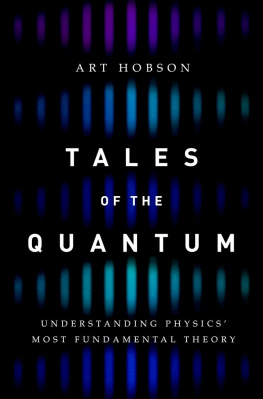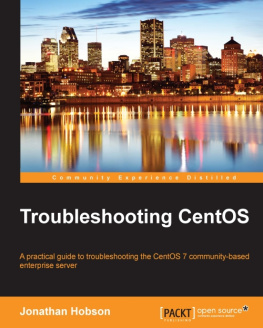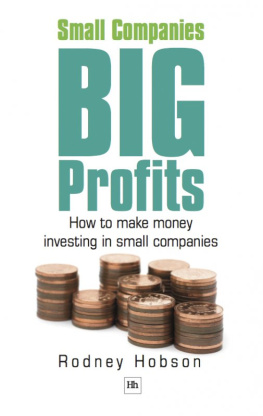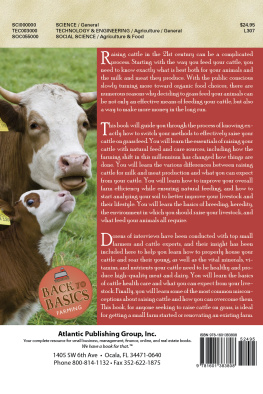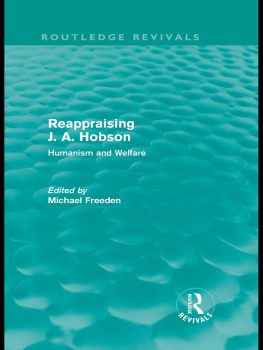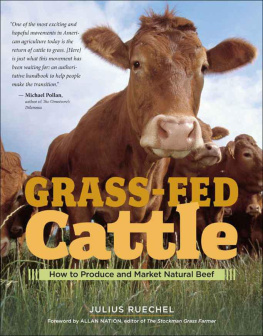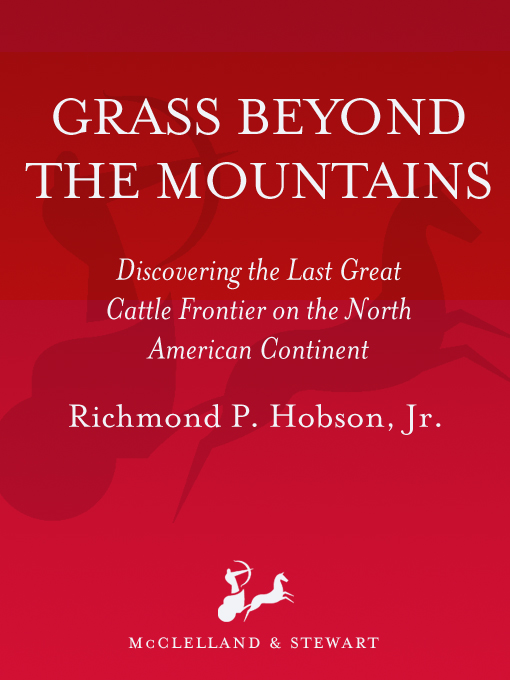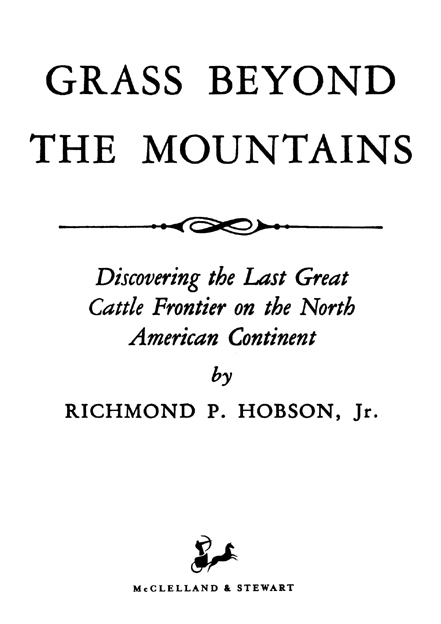Copyright 1951 by Richmond P. Hobson, Jr.
All rights reserved. The use of any part of this publication reproduced, transmitted in any form or by any means, electronic, mechanical, photocopying, recording, or otherwise, or stored in a retrieval system, without the prior written consent of the publisher or, in case of photocopying or other reprographic copying, a licence from the Canadian Copyright Licensing Agency is an infringement of the copyright law.
National Library of Canada Cataloguing in Publication
Hobson, Richmond P. (Richmond Pearson), 19071966.
Grass beyond the mountains
eISBN: 978-1-55199-715-5
1. Hobson, Richmond P. (Richmond Pearson), 19071966.
2. Cowboys British Columbia Biography. 3. Cattle trade British Columbia. 4. Frontier and pioneer life British Columbia. I. Title.
FC3826.1.H63A3 1987 971.103 C870943987
F1088.H63A3 1987
We acknowledge the financial support of the Government of Canada through the Book Publishing Industry Development Program and that of the Government of Ontario through the Ontario Media Development Corporations Ontario Book Initiative. We further acknowledge the support of the Canada Council for the Arts and the Ontario Arts Council for our publishing program.
McClelland & Stewart Ltd.
75 Sherbourne Street
Toronto, Ontario
M5A 2P9
www.mcclelland.com
v3.1
This book is dedicated to my horse friends
| N IMPO | T HE P ILEDRIVER |
| S TUYVE | B IG G EORGE |
| B UCK | L ITTLE R OANIE |
| O LD J OE | T HE S PIDER |
O LD S CABBY W HITE
conquerors of the silent lonely trails.
 Contents
Contents Foreword
ForewordA CROSS NORTHERN BRITISH COLUMBIA , between the Rockies and the Pacific Ocean, and north of the Fifty-second Parallel, stretches an awesome 250,000 square-mile chunk of mountain, swamp, river and valley.
Although this raw, only partially explored territory is so immense that a number of our states could be submerged within its boundaries, only one railroad track, and a single car road, flanked by isolated villages and cattle-loading pens, splits its vast solitude.
Far beyond these the only visible signs of mans advance is a new frontiera frontier as tough, as wild and as remote as the West of the early days. This unconquered barrier stands out, unique in this day and age, for it is the last great cattle frontier on the North American continent.
Back in its jackpine forests there are Indians who have never seen a white man, and lonely loon-haunted lakes echo the spooky moans of timber wolves, the splash of beavers tails and the grunting bellow of the moose.
It is a land of striking contrasts, where the tentacles of great, octopus-shaped, gray muskegs reach into dark, moss-hung spruce jungles; where rolling bunch grass prairies, and flat, yellow-green meadows glide between the fantastic shapes and colors of unexplored mountain ranges that split the sky.
It is a land that drew me like a magnet into its soul.
This story is about that strange land beyond the mysterious crags and canyons of the formidable Itcha, Algak and Fawnie mountain ranges; about the first horses and the first cattle herd to penetrate its forbidding solitudes; and about the fabulous characters that people the surrounding frontier.
CHAPTER I

From New York to Wyoming
L IKE MOST AMERICAN AND CANADIAN BOYS , I went through the routine want to be a cowboy stage, and like these same youngsters, my visions of far-reaching mountain ranges, cattle herds moving across lonely treeless plains, and the dreamed-up smells of sagebrush and horses and barns were consistently thwarted by the big iron-gated schoolhouse.
But unlike other more normal boys, I was unable to shake these visions loose. They followed me through military academy, into Stanford University, out on construction gangs in Californias High Sierras, south to roughnecking jobs in the East Texas oil fields, into the fight ring where I acted as a punching bag for heavyweight contenders, and finally into a New York real estate firm where I peddled apartments and private houses to money-befuddled clients before the 1929 crash.
Not long after the general collapse, my job swapped ends on me. Instead of collecting commissions on sales, I spent my time ducking and dodging cashless clients who angrily demanded lower rents or cancellations.
In 1932, when I could no longer pay rent on my own apartment, I rolled my bed, took a last deep breath of New Yorks exhaust-filled air and headed west towards Wyoming.
At twenty-four years of age, what ego the New York business and social swirl had not taken from me was quickly and efficiently removed in my Wyoming chore-boy job. I can think of nothing that takes the self-respecting edges off a man more quickly than skinning out dead cows, pulling nails out of old weather-grayed lumber, dunging out barns and packing water and lunches to the branding crew.
Two years and several ranches after my arrival in Wyoming, I had not achieved my cowhand objective, but I had climbed to the dizzy heights of a ranch hand who drew the going thirty dollars a month wages and board.
Late in the winter of 1934, I talked my way into a cattle feeding job at Stanley Blums Box E ranch near Crowheart Butte, where a hawk-faced, horse-minded character named Panhandle Phillips did the riding.
The wide-shouldered, expressionless Panhandlewhose horse-breaking and cowpunching ability was exceeded only by his ugly practical-joking offenses against humanitywas a hard man to lay your fingers on. Wherever cowhands and ranchers met, in taverns, bunkhouses, and around the campfires from Dubois to Hudson, the talk would drift to the daring exploits or the shady deeds of Wild Horse Panhandle.
Five years before my arrival in the Wind River district, this long-faced, eagle-beaked, narrow-eyed individual had ridden into Charles Smiths ranch on a tall, trim-legged, vermilion-colored gelding, driving a pack animal and four loose saddle horses ahead of him. These horses were all dished-faced, short-backed bays, with a strange red undershading, and showed definite signs of Morgan and Arabian breeding.
Once after a beef drive, when Stanley Blum and Pan were drinking it out at a bar in Hudson, Wyoming, Panhandle casually mentioned that the left hip brand on his horses was an Arizona oneand thats about as close as anyone got to Pans or his horses origin.
One night, coming home late from a poker game at a neigh-boring ranch, George Pennoyers, I surprised Pan who was sitting in the middle of the bunkhouse floor, surrounded by maps and papers.
He looked up startled, grinned sheepishly, considered a moment, then said, Sit down, and Ill show ya something.





